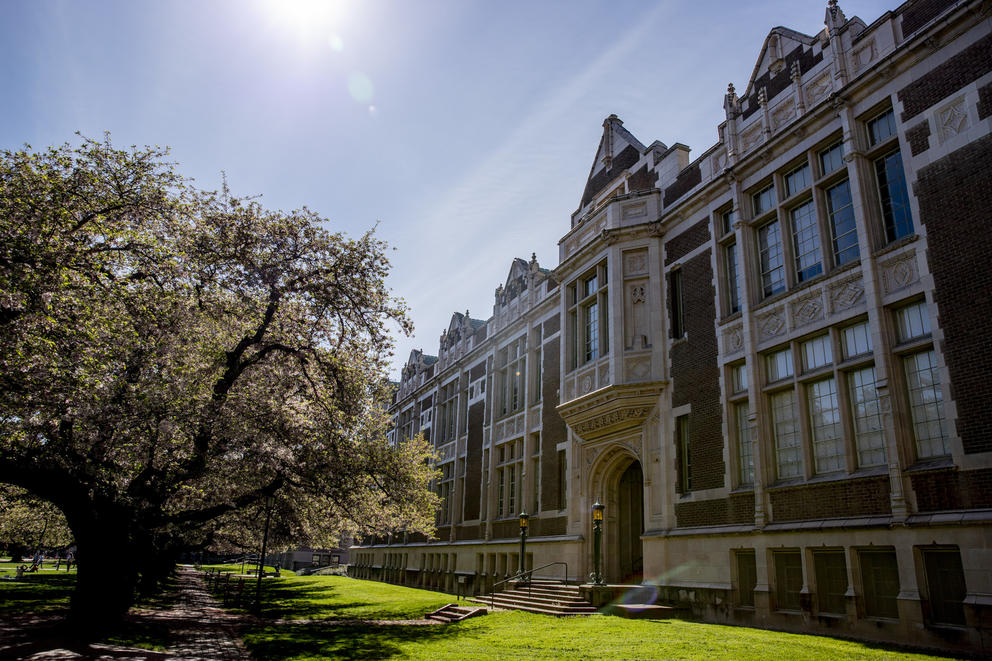More than 120 organizations will split $25 million in grants from King County for programs that address disparities in health care, mental health and other issues as part of the county’s efforts to tackle racism as a public health crisis.
The 123 awardees are community organizations, nonprofits and small businesses, including Black Coffee Northwest, Chief Seattle Club, Wa Na Wari, the Tenants Union of Washington State, Young Women Empowered and dozens more.
According to a press release last week from King County Executive Dow Constantine’s office, the grantees will work to address disparities in health care, mental health supports, maternal health, and healthy aging, as well as food access, youth mentoring, housing, art, nature and outdoors groups, and capacity-building for small organizations that provide services and more. The 123 awardees were chosen from 800 organizations that applied.
In 2020 the King County Board of Health declared racism a public health crisis in the wake of the disproportionate impact of the COVID-19 pandemic on communities of color and the national racial-justice protests that followed the killing of George Floyd by police officers. In the early months of the pandemic, health care workers in King County gathered by the thousands to demand that public officials declare racism and police violence as crises that public health policies should address.
The awards were determined by the Gathering Collaborative, a King County group that formed in 2022 to work toward reversing the continued impact of systemic racist practices and policies that harm Black and Indigenous people. The group was formed as part of the efforts stemming from the county’s 2020 public health declaration that pledged to support “King County and Public Health - Seattle & King County immediately in the work to advance a public health approach in addressing institutional and systemic racism.”


